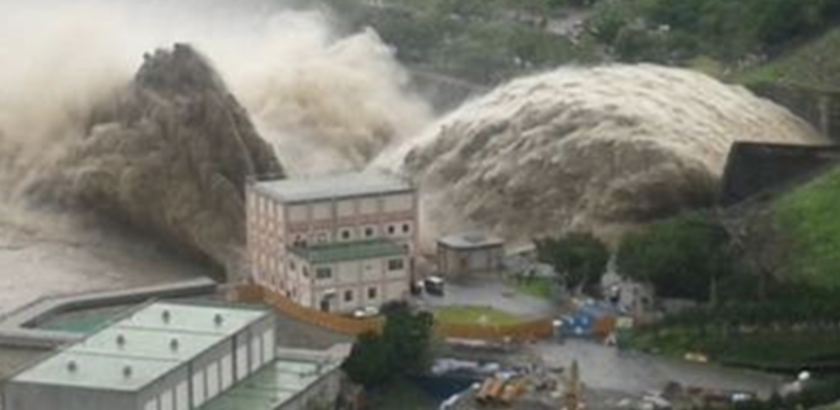River basin management has mostly concerned management of water resources, with relatively little attention paid to the sediment continuity essential to maintain downstream channel functions and coastal features. The sediment loads of most major rivers have decreased in recent decades – as a result of extensive trapping of sediment by dams, increasingly manifest in accelerated coastal erosion and loss of delta lands.
This conference examined three large rivers in southern Europe: the Rhône, Ebro, and Po. All have headwaters in high mountain ranges and traverse Mediterranean-climate dominated basins. All three have experienced afforestation of their mountainous headwaters since the 19th century, which has reduced erosion rates and sediment supply to the river system. All three have been extensively modified and impounded for irrigation water supply, hydroelectric production, flood control, and navigation, mined for production of construction aggregate, and otherwise altered for human uses, and all three evince erosion and subsidence of sediment-deprived deltas.
For each river, speakers reported on sediment discontinuity and sediment management from both geomorphic and environmental history perspectives (see programme below). One intervention, a social science perspective on sediment in the Rhône, was in the form of a half-hour video, which is available as indicated below. In discussion, speakers and participants from the audience drew comparisons among the three river basins, noting similarities and differences. There was broad agreement among participants that the topic as framed by the conference merits further exploration.
The conference was hosted by the Collegium – Lyon Institute of Advanced Studies and the CNRS Laboratory UMR 5600 Environnement Ville Société, and co-sponsored by the Agence Francaise de la Biodiversité, Eléctricité de France, and Companie Nationale du Rhône, in collaboration GRAIE and the Agence de l’Eau Rhône-Méditerranée-Corse. The conference was coordinated with a broader research effort initiated by Professor G Mathias Kondolf (UC Berkeley) and Asst Professor Giacomo Parrinello (Sciences Po), The Social Life of the Sediment Balance: A Social and Geomorphic Approach to the Transformation of River Systems and Deltas, supported by the France-Berkeley Fund and a UC Berkeley Social Science Matrix-Sciences Po collaboration grant. A follow-up workshop looking at the issues of sediment management at a river basin scale more broadly is planned for May 2019.

